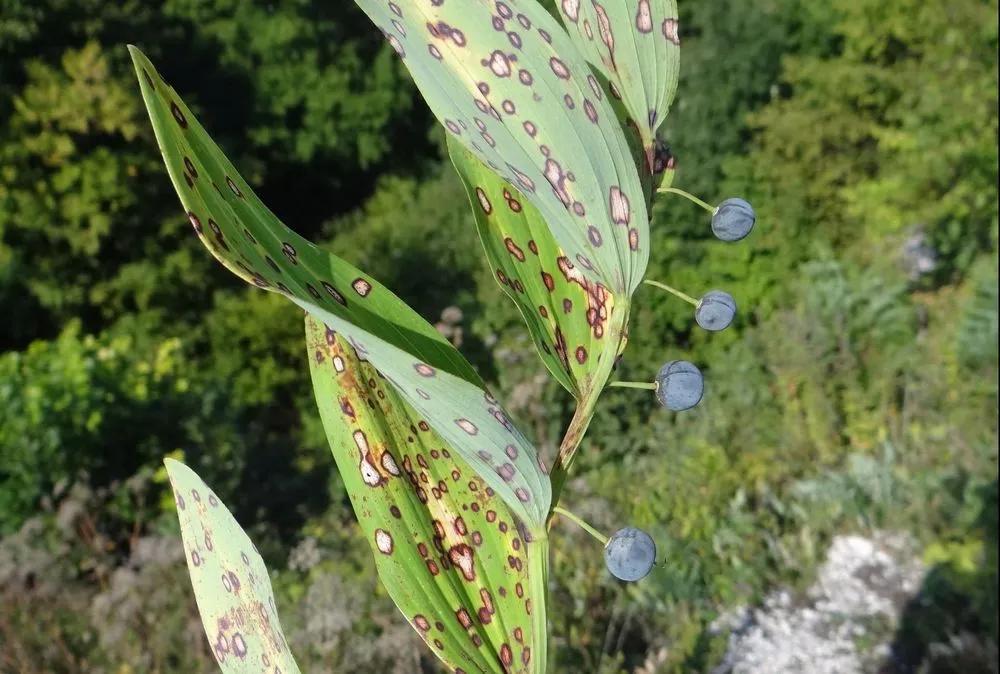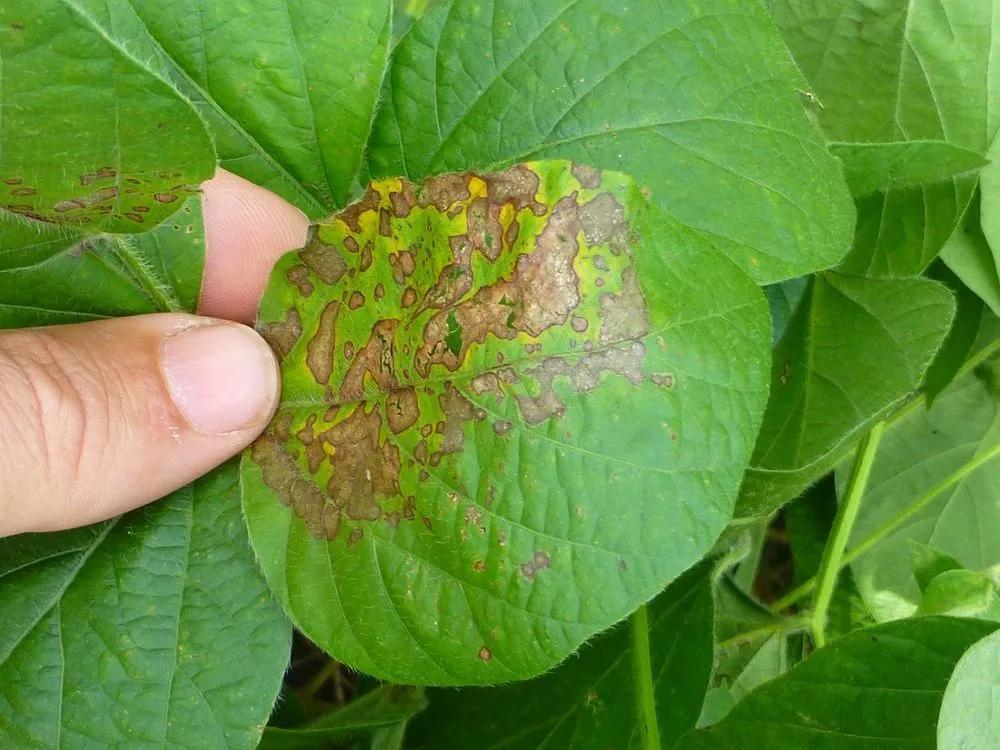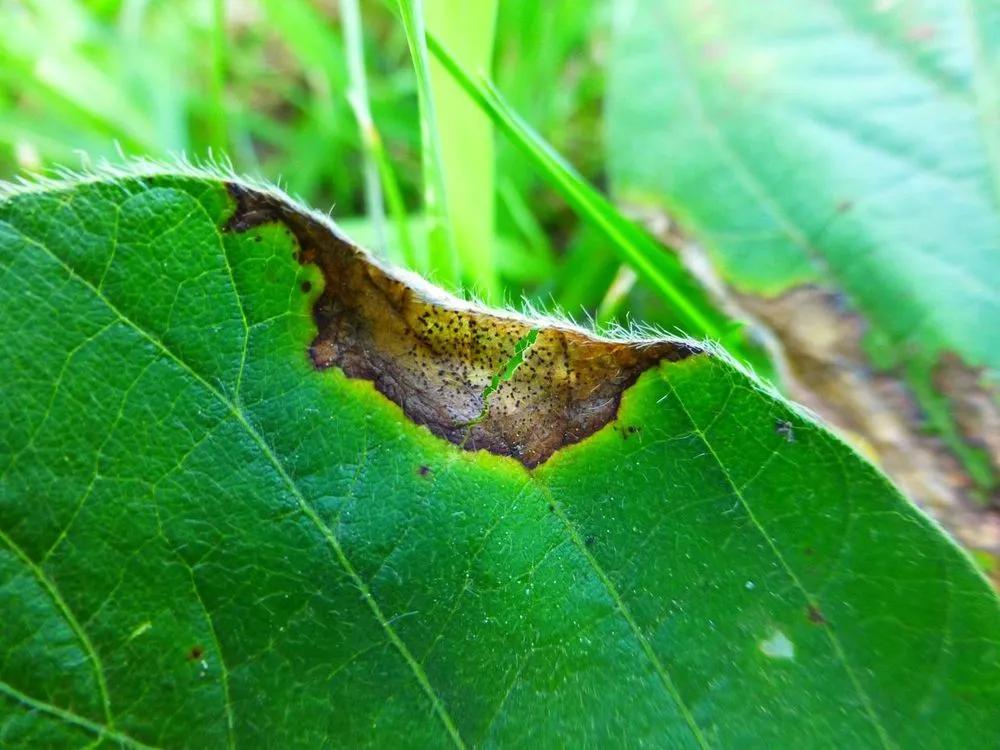Phyllosticta Leaf Spot is a common plant disease that affects the leaves of plants and trees. Mostly found on dead foliage, it is imperative to clean out dead plant debris to help stop the spread of this disease. While not considered an aggressive disease, it is easily spread and is unsightly on decorative plants. It most often attacks during wet seasons and during winter and most often goes for evergreen plants.
Phyllosticta Leaf Spot in Plants



Signs of damage
- Early symptoms include small circles or oval spots that will develop on leaves.
- Spots will be brown, black, gray, or beige in color.
- As the disease progresses, these spots will slowly grow larger and can join together, creating large spots that will overtake the leaves.
- These spots can occasionally fall out, leaving holes in the leaves.
- Often, small black bodies can be seen within the spots and feel raised to the touch.
- If the infection is bad enough, leaves may turn yellow, drop off the stem, and cause death to the plant.
How to prevent
This disease likes to form in damp conditions and is relatively common. When watering plants, follow watering instructions carefully to ensure the plant is receiving just enough water and not too much. This disease is also hard to eradicate and can be controlled for the plant's lifetime. If found in a plant, keep other plants far away until the plant dies or is removed.
Heal
Do not compost the fallen or removed disease leaves! Be sure to throw them in the trash and sanitize all pruning and raking equipment. Use fertilizer in spring to provide extra nutrients to the affected plant or tree. Pruning canopies and removing dead or weakened branches are the most common methods of managing this disease. Fungicides are not recommended for dealing with Phyllosticta.
Go Premium to continue reading
Also you’ll get unlimited access to disease identification and all the other beneficial features
More problems
